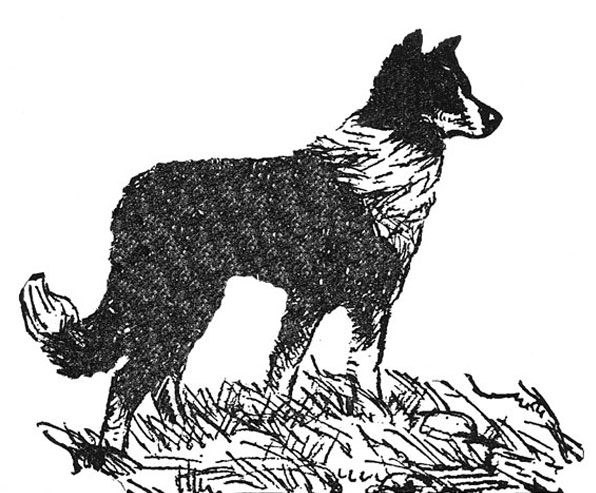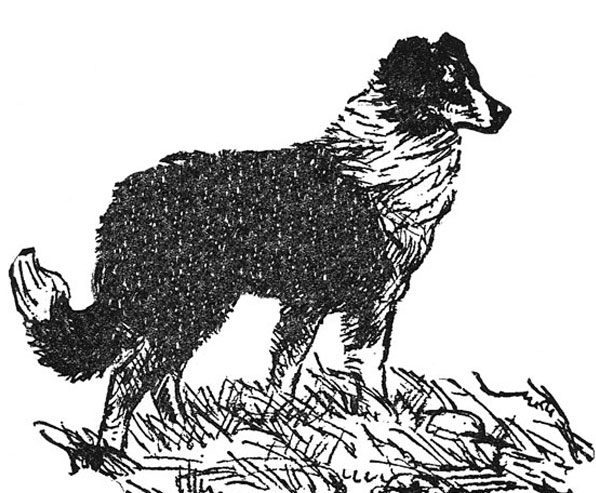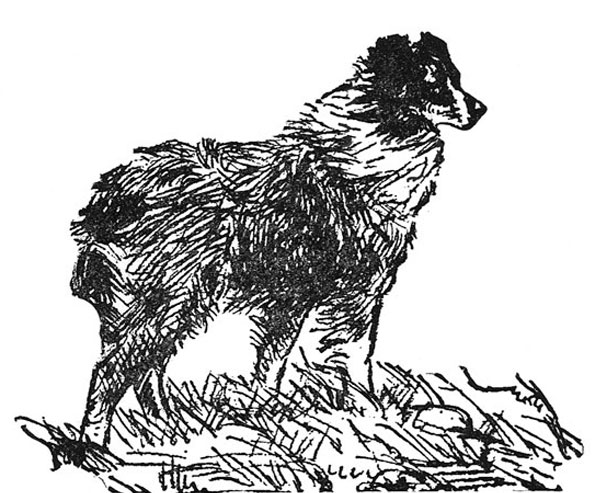Defining Term |
BC |
ES |
Aussie |
| Body |
Tail? - yes |
. |
. |
no |
Tail? - no |
no |
rare |
. |
| Basic Body
Type |
Square and stocky, not much "tuck-up" |
no |
no |
. |
Rectangular and stocky, medium "tuck-up" |
. |
. |
no |
Rectangular and lithe, "tuck-up" almost greyhound like |
. |
. |
no |
| Healthy Weight |
Over 60 pounds |
no |
. |
no |
Under 60 pounds |
. |
. |
. |
| Head |
Domed Skull, distinct "stop", short muzzle |
no |
no |
. |
Flat Skull, medium "stop", wedge shape |
no |
. |
no |
Flat Skull, medium "stop", sharp features |
. |
no |
no |
Some Dome, medium "stop", heavier features |
. |
no |
no |
| Ears (when alert) |
low, semi-prick, set forward |
. |
no |
. |
low, semi-prick, set on side |
. |
. |
no |
low, high, totally pricked, mixed |
. |
no |
no |
| Eyes |
slightly almond shape, more to side |
no |
no |
. |
round, more front of face |
. |
. |
no |
round, more front, almost spooky and alert |
. |
no |
no |
| Color |
Merle (red or blue) |
. |
no |
. |
Black & Tan (no white) |
no |
. |
no |
Sable & White |
rare |
. |
no |
Black & White (no tan) |
. |
. |
. |
Tricolor (black, white, & tan) |
. |
. |
. |
Red & White (with or without tan) |
. |
no |
. |
mostly White |
. |
no |
rare |
| Coat |
long and/or thick |
. |
no |
. |
medium length, not too thick |
. |
. |
. |
smooth |
. |
no |
no |
| Temperment |
General Temperment |
alert and intense |
. |
no |
no |
alert and excitable |
no |
no |
. |
alert yet relaxed |
no |
. |
no |
Indoor/Outdoor Personality |
active/intense |
. |
no |
no |
alert/active |
no |
no |
. |
mellow/active |
no |
. |
no |
| Working Style |
uses mostly eye contact with sheep,
fluid, stalking type motion,
crouch low, head lower than body |
. |
no |
no |
a nip and run type style,
sort of darting in and out |
no |
no |
. |
standing approach, smooth in motion,
assesses stock to be worked,
changes style to fit situation |
no |
. |
no |
wide outrun |
. |
no |
no |
"eye" |
. |
no |
no |
vocal |
no |
no |
. |
header* |
. |
. |
. |
heeler* |
no |
. |
. |
Tally |
____ |
____ |
____ |
*"Heading" and "Heeling" - One pair of terms we have listed is "header" and "heeler." All three breeds are quite capable of doing both. A "header" is a dog that goes to the head of the stock and turns them that way, they don't so much drive stock as steer it. This is the typical BC approach and works best on sheep. Some Aussies are natural "headers", too. A "heeler" on the other hand gets behind the stock and drives it to the destination, often nipping at heels to keep the stock moving. This is most helpful moving cattle. Aussies and English Shepherds tend more toward this approach.
Border Collie

English Shepherd

Australian Shepherd

|





